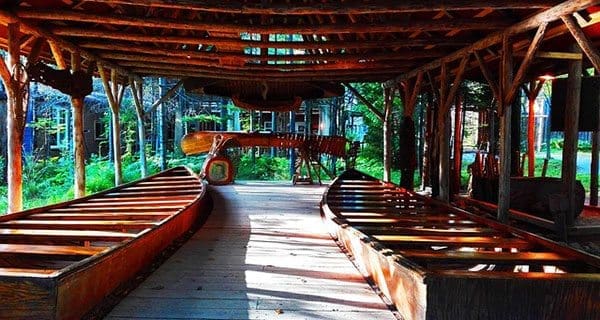 In its recent federal budget the Liberal government committed $227 million in 2016/17 to “address urgent housing needs on reserve,” noting that First Nations people living on reserve are “more likely to experience poor housing conditions and overcrowding than the general public.”
In its recent federal budget the Liberal government committed $227 million in 2016/17 to “address urgent housing needs on reserve,” noting that First Nations people living on reserve are “more likely to experience poor housing conditions and overcrowding than the general public.”
In fact, according to recently released data from Statistics Canada, in every province the percentage of on-reserve First Nations with homes in need of major repair is substantially higher, in some cases almost triple, the percentage of off-reserve First Nations homes.
More specifically, Alberta and Manitoba have the highest percentage of on-reserve homes in need of major repair with both provinces above 50 percent, compared to off-reserve First Nation homes, at 14 percent and 21.9 percent respectively. Nationally, 42.9 percent of on-reserve First Nation homes are in need of major repairs compared to only 15.4 percent of off-reserve First Nation homes.
So why the stark contrast between on- and off-reserve First Nations housing? Is it only a lack of funding?
Well, a potential contributing factor to the deplorable housing conditions on reserve may be a lack of property rights on reserve.
Unfortunately, a First Nations person on reserve does not enjoy fee simple ownership and does not have the same property rights as all other Canadians who live off reserve. According to the Indian Act, First Nations reserve land is held in trust for on-reserve members by the federal government – essentially making on-reserve First Nations people wards of the state. Because of this policy, First Nations people who currently live on reserve are unable to earn equity on their home, use it as collateral to borrow money to undertake housing repairs, sell their land to whomever they choose, or bequest their land to their children.
Further, research has shown that extending property rights to First Nations reserve lands increases the quality of housing in a community. And extending full property rights on-reserve can promote economic growth. This research should not be overlooked by policymakers in Ottawa.
Some First Nations leaders wish to extend fee simple ownership to on-reserve residents. For example, Chief Michael LeBourdais of Whispering Pines First Nation in B.C. believes property rights would help “restore [their] values and rights that the Indian Act took away” and make First Nations partners in the market economy.
In addition to funding, the government has committed to “working with First Nations communities over the coming year to develop an effective long-term approach to supporting . . . adequate supply of housing on reserve.” Hopefully, the engagement will include discussions with First Nations leaders such as Chief LeBourdais and consideration to evidence-based research that outlines how extending property rights on reserve can improve the quality of housing in First Nations communities.
After all, as the Statistics Canada numbers demonstrate, if it can be a factor in improving the quality of housing for off-reserve First Nations people, perhaps it can do the same for on-reserve members.
Ravina Bains is an analyst at the Fraser Institute.
Ravina is a Troy Media contributor. Why aren’t you?
The views, opinions and positions expressed by columnists and contributors are the author’s alone. They do not inherently or expressly reflect the views, opinions and/or positions of our publication.


